Retinol Creams: Fall Hydration Tips
Introduction
Embracing the Autumn Glow: As the leaves turn and the air grows crisp, our skin demands a change in its care routine. This is where retinol creams, a superhero in the skincare world, come into play. Known for their potent anti-aging and skin-renewing properties, retinol creams are a must-have in your fall skincare arsenal. In this comprehensive guide, we'll explore how to effectively incorporate retinol creams into your fall hydration routine.
Understanding Retinol

The Power of Retinol: Retinol, a derivative of vitamin A, is revered for its ability to accelerate skin renewal, enhance collagen production, and reduce the appearance of fine lines and wrinkles. It's a key ingredient for anyone looking to maintain youthful, radiant skin during the drier, cooler months of fall.
Choosing the Right Retinol Cream
Tailored Skincare Selections: Not all retinol creams are created equal. Factors like concentration, formulation, and your skin type play a crucial role in choosing the right product. For beginners, it's advisable to start with a lower concentration and gradually increase as your skin acclimates.
Integrating Retinol into Your Fall Routine

Seamless Skincare Integration: Transitioning to retinol creams in fall requires a balanced approach. Begin by applying a pea-sized amount every other night, following a gentle cleanser. As your skin adjusts, you can increase the frequency.
Hydration is Key
Locking in Moisture: Retinol can be drying, making hydration paramount. Follow up your retinol application with a rich, nourishing moisturizer. Look for ingredients like hyaluronic acid, ceramides, and glycerin that help retain moisture.
Sun Protection
Defending Against the Sun: Despite the cooler weather, sun protection remains crucial. Retinol can make your skin more susceptible to UV rays. Always apply a broad-spectrum sunscreen with at least SPF 30 during the day.
Nighttime is Prime Time
Optimal Evening Application: Retinol creams are best used at night due to their sensitivity to sunlight. This also coincides with the skin's natural repair process, making it a perfect addition to your nighttime routine.
Common Mistakes to Avoid
Navigating Potential Pitfalls: Avoid using retinol with other potent ingredients like vitamin C, benzoyl peroxide, or AHAs/BHAs, as this can cause irritation. Also, never skip sunscreen when using retinol products.
FAQs
Q: Can retinol creams be used daily?
A: Start using retinol creams every other night and gradually increase to nightly use, as tolerated by your skin.
Q: Are retinol creams suitable for all skin types?
A: Yes, but sensitive skin types should opt for lower concentrations and consult a dermatologist.
Q: How long before I see results from retinol creams?
A: It typically takes several weeks to notice improvements in skin texture and tone.
Q: Can I use retinol creams during the day?
A: It's best to use retinol creams at night due to their sensitivity to sunlight.
Q: Should I continue using retinol creams if I experience irritation?
A: If irritation occurs, reduce the frequency of application. If severe, discontinue use and consult a dermatologist.
Conclusion
Embrace Autumn with Confidence: Incorporating retinol creams into your fall skincare routine can be transformative. With the right approach, you can maintain supple, hydrated, and youthful skin even as the seasons change. Remember, patience and consistency are key to reaping the benefits of retinol. So, this fall, let your skin reflect the beauty of the season with the right care and nourishment.


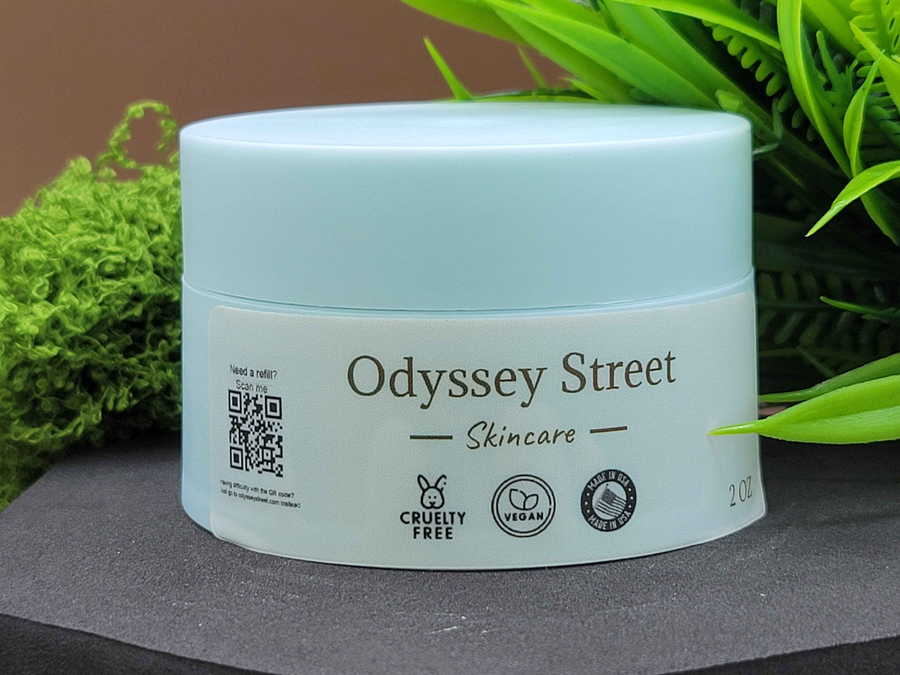
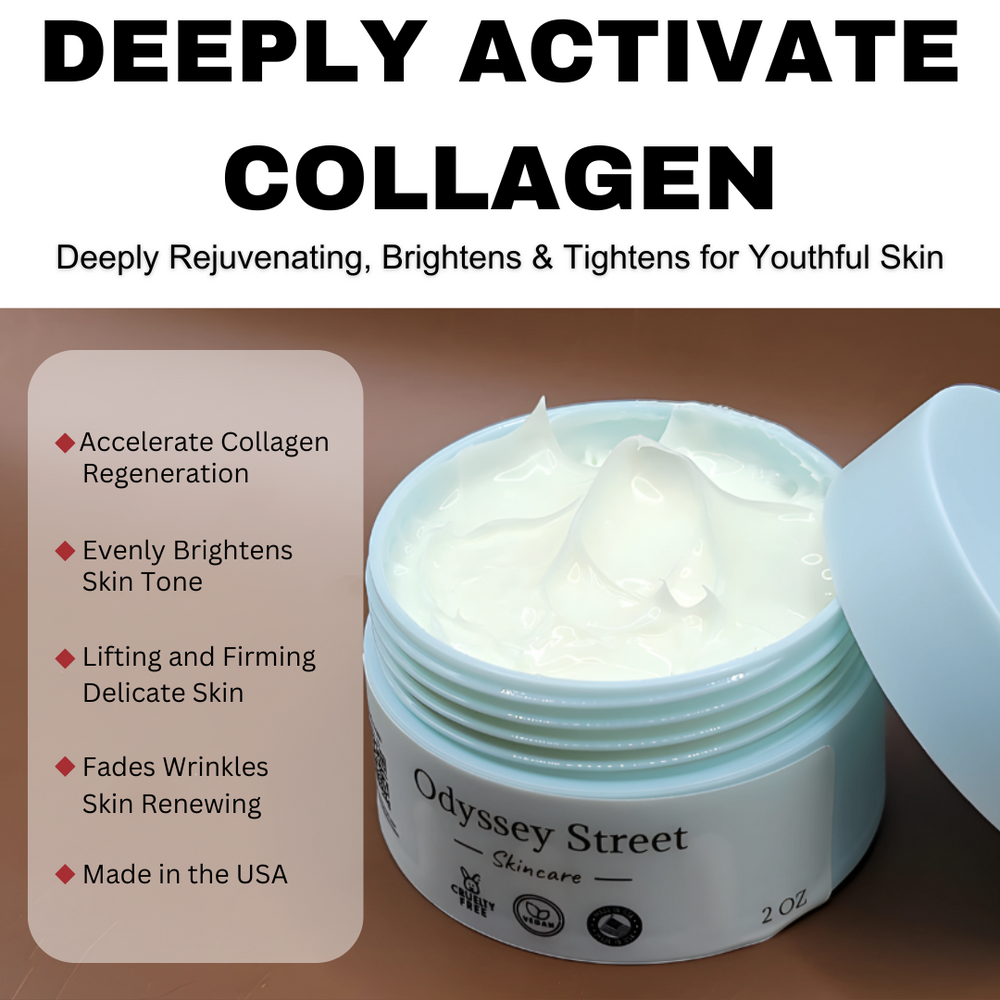




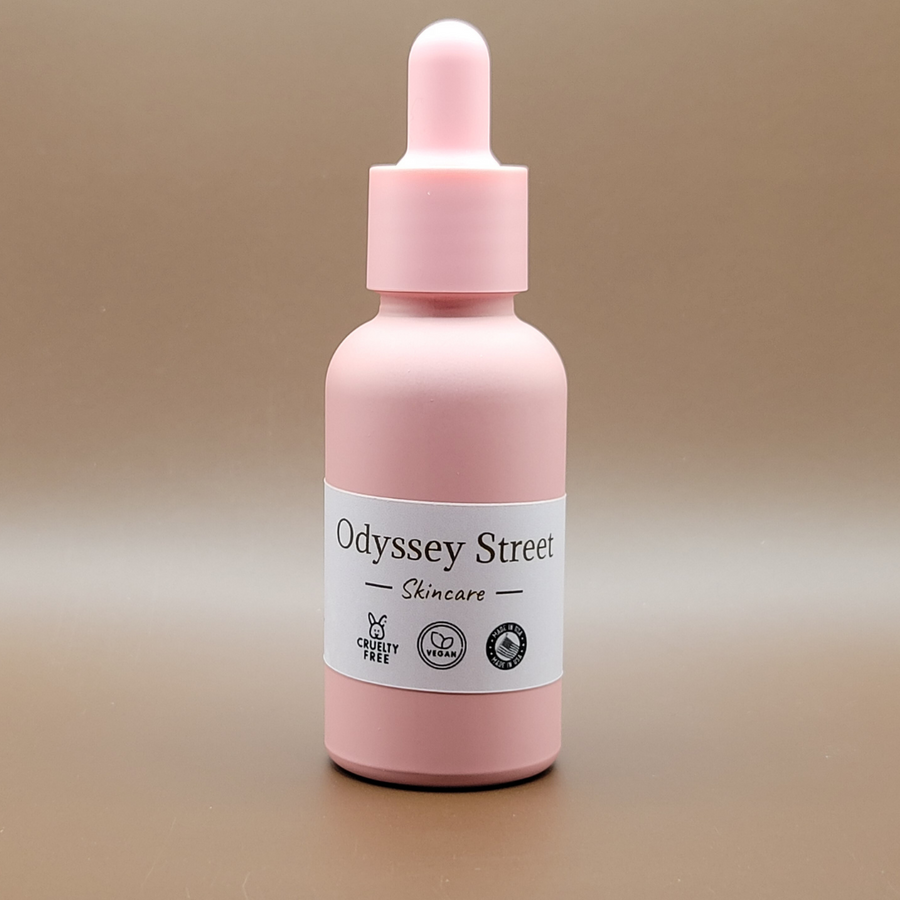
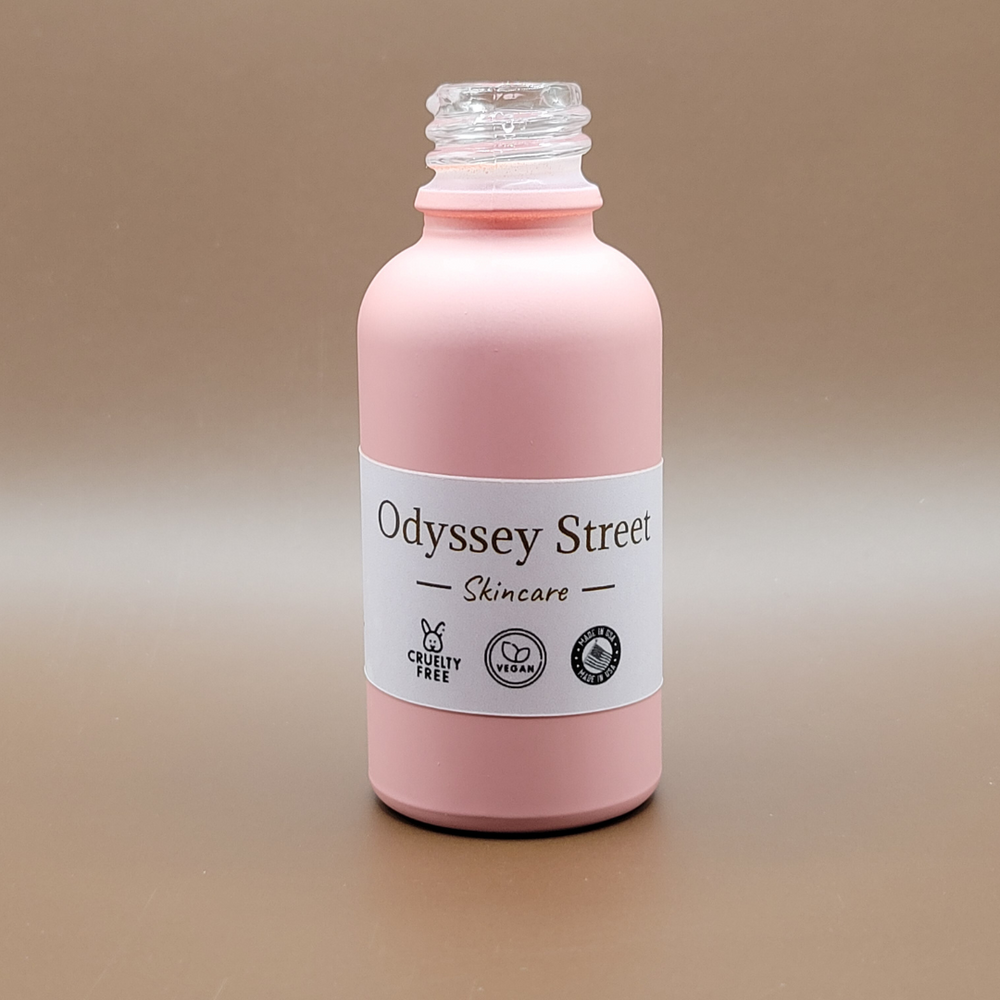
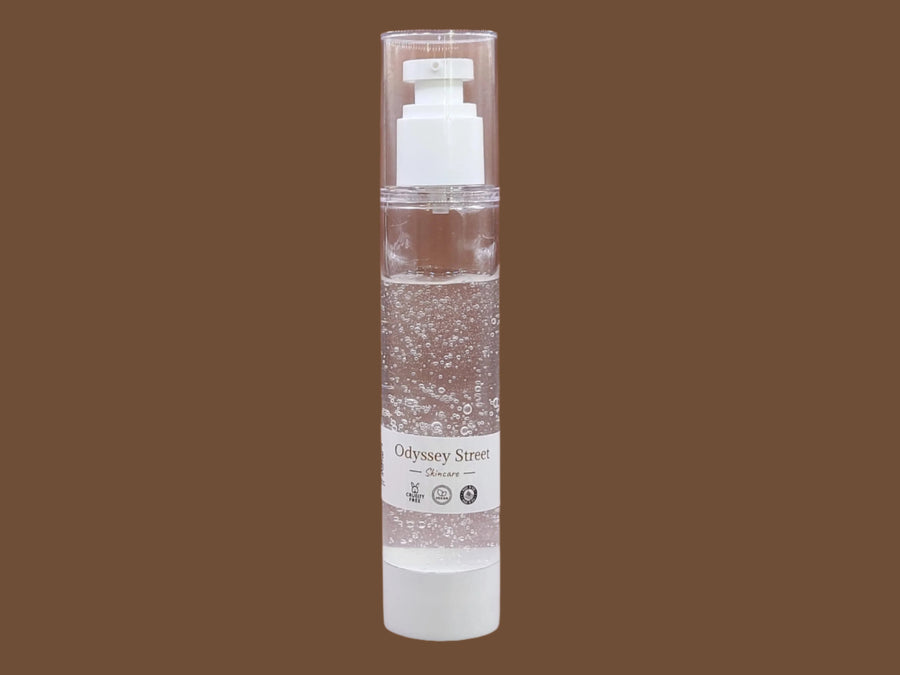
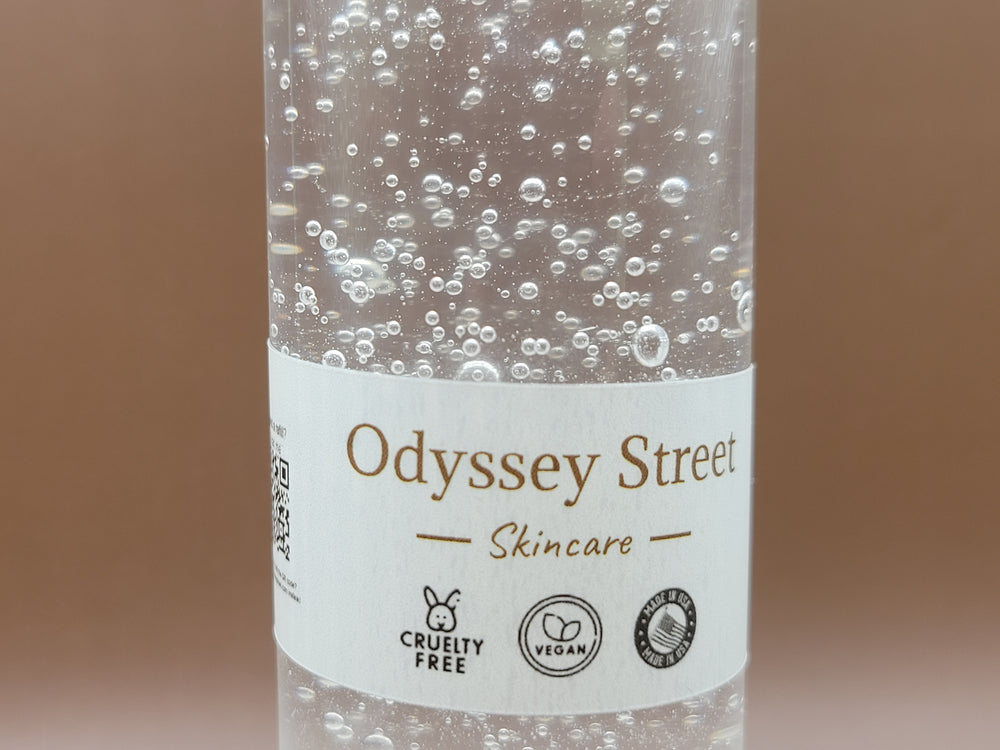
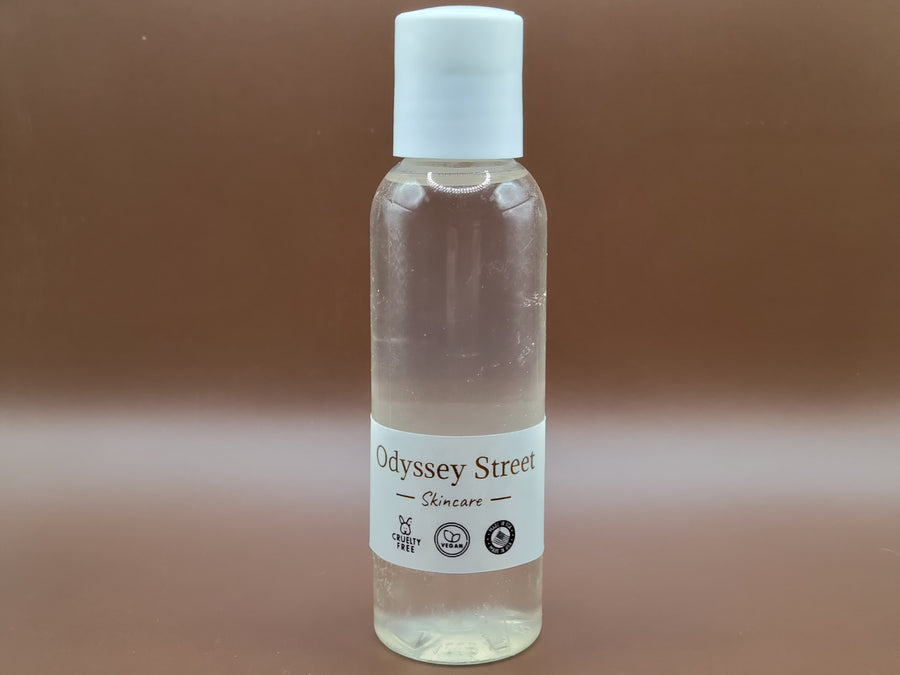
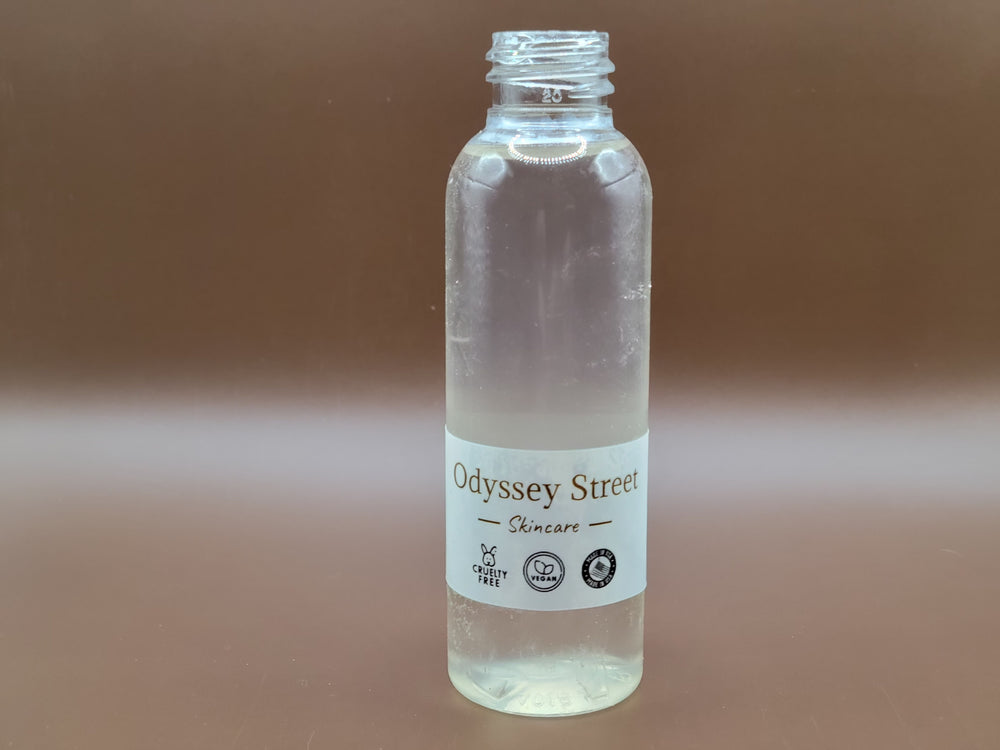
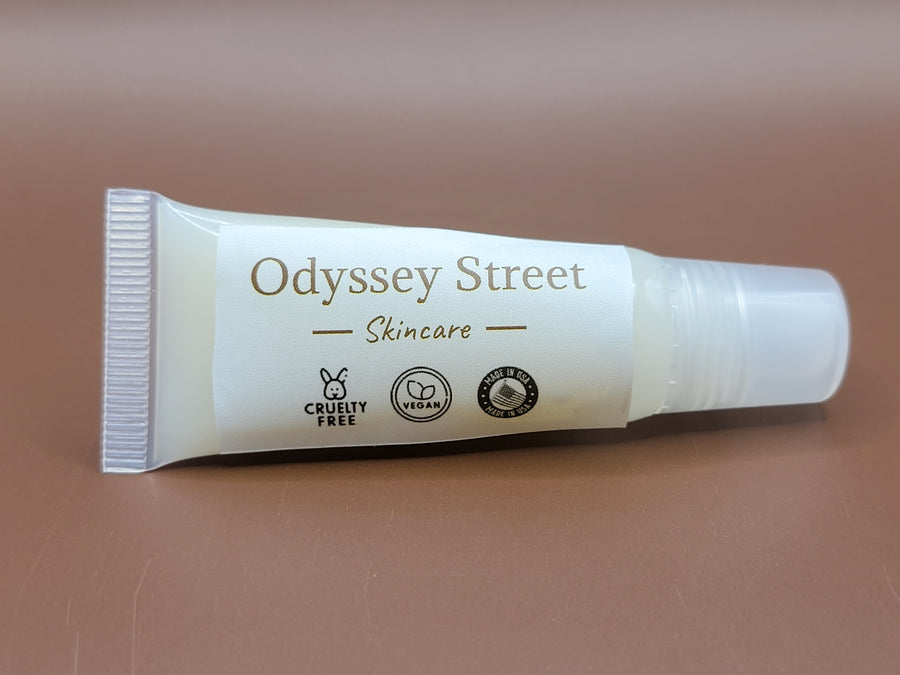
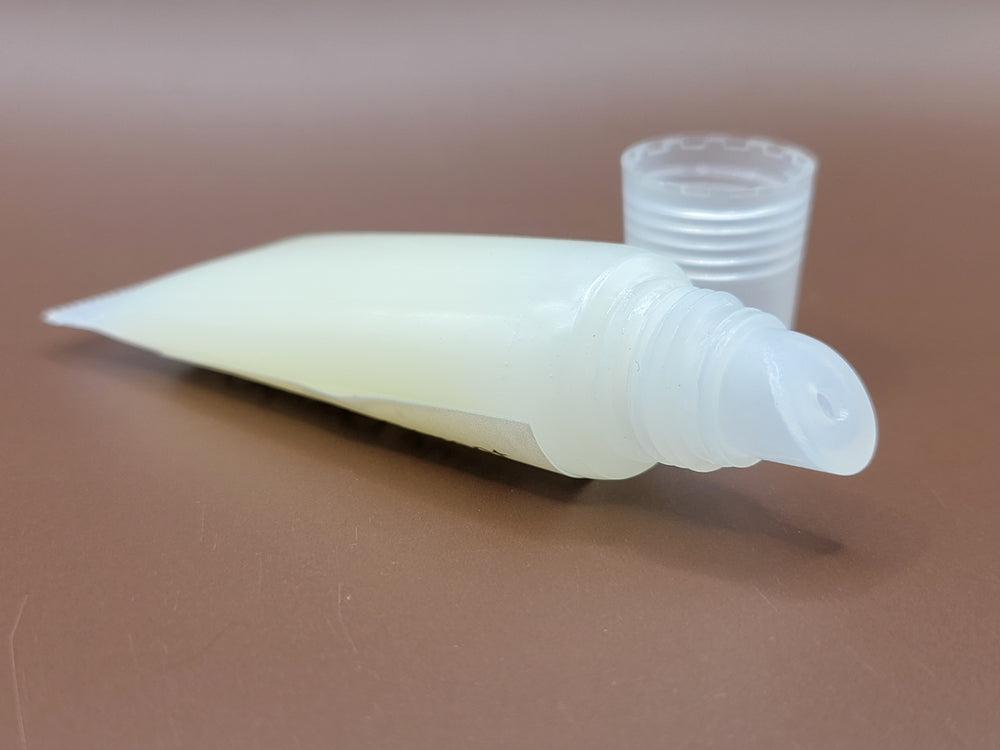
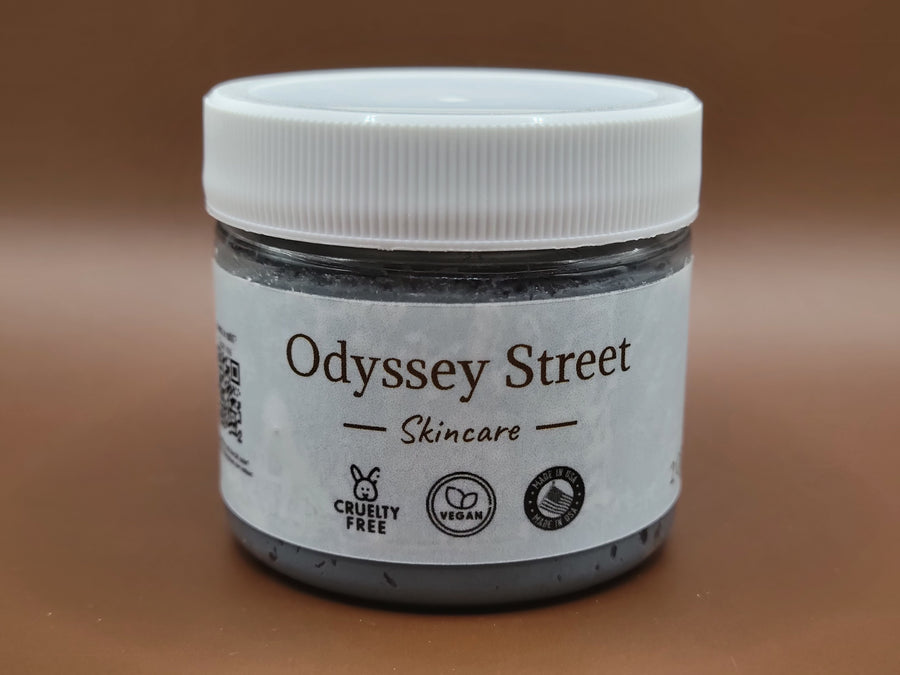
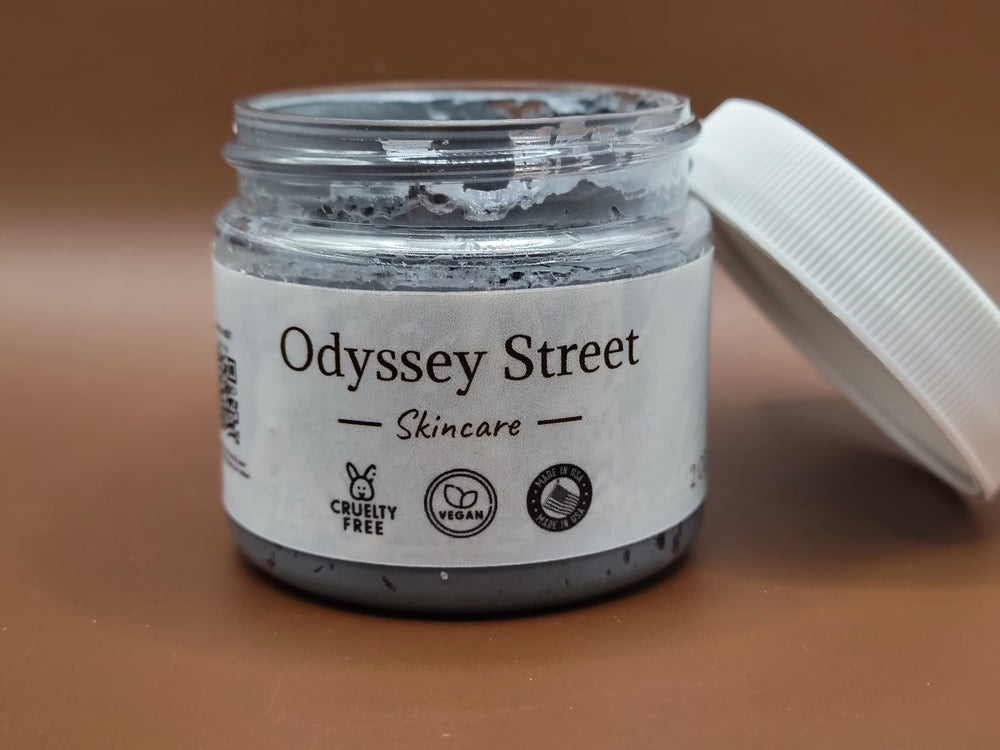
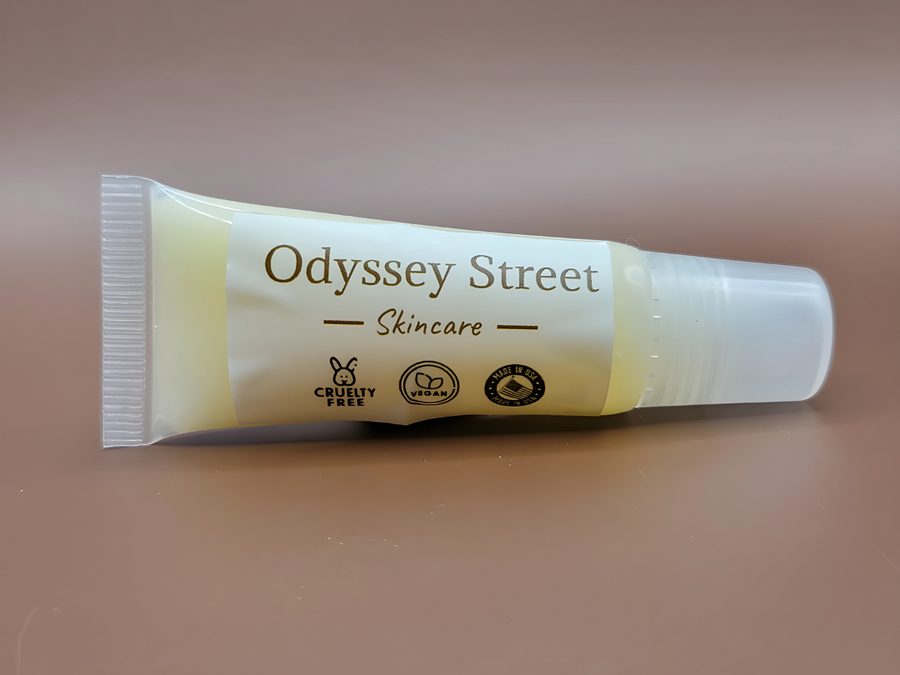
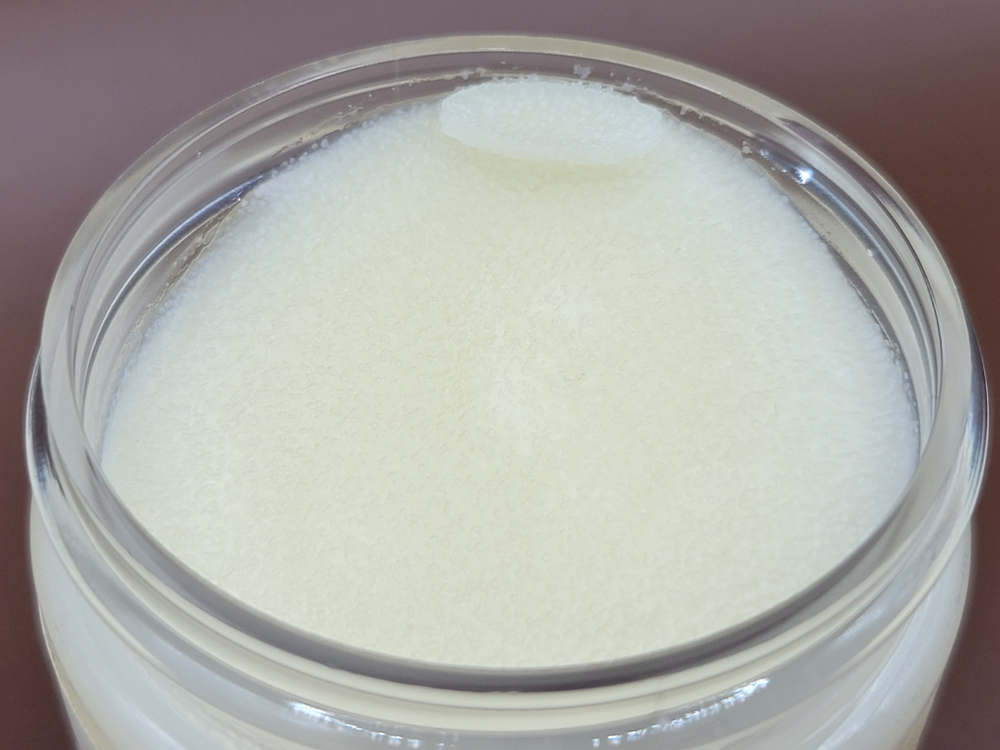
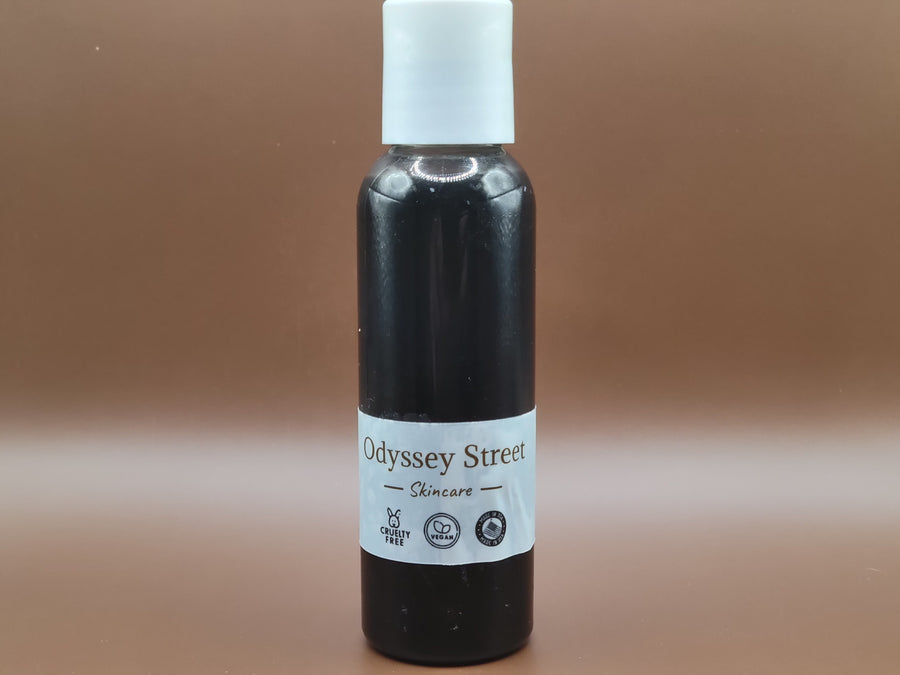
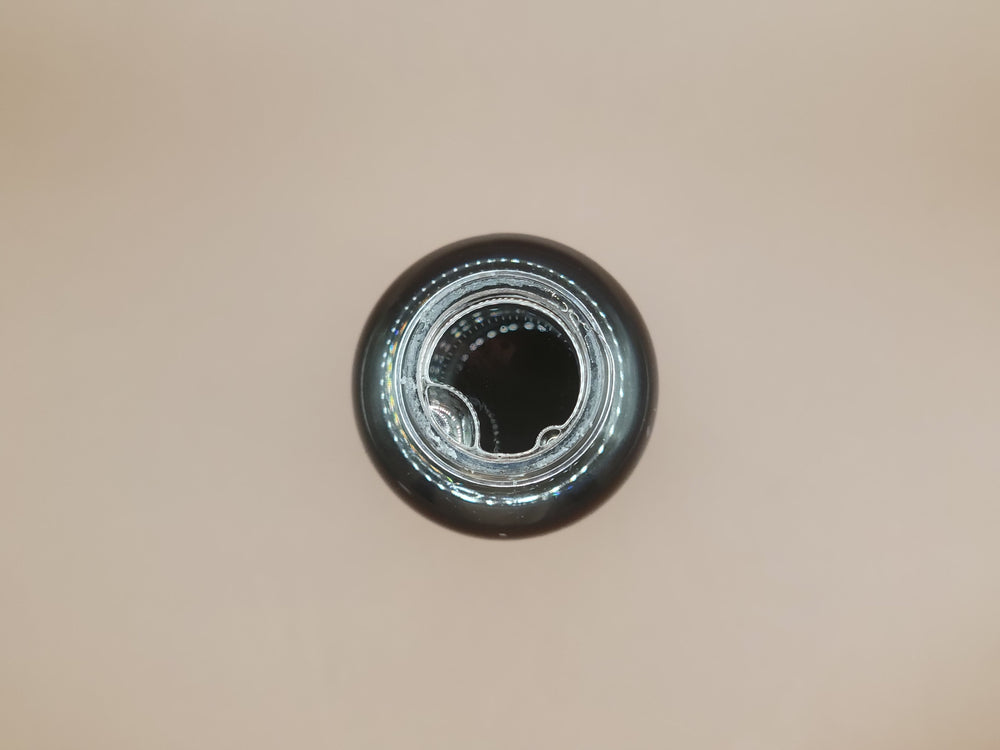
Leave a comment